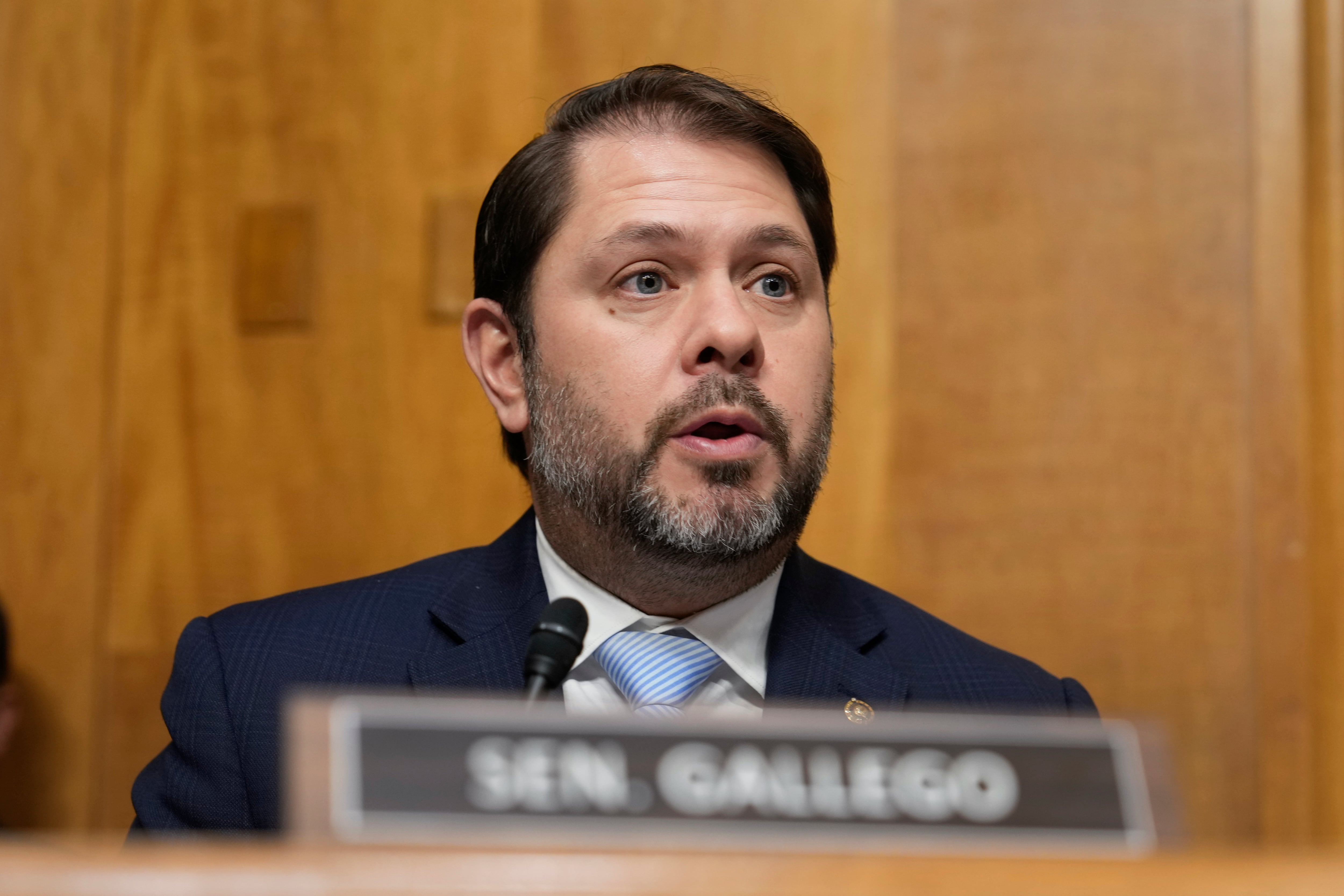NAVAL STATION NORFOLK, Va. — Heavy fog shrouded the three Norfolk-based ships of the George H.W. Bush Carrier Strike Group as they left Norfolk on Jan. 21 for a scheduled, seven-month deployment that will see them operate in both the 5th and 6th Fleets.
The aircraft carrier George H.W. Bush and embarked Carrier Air Wing Eight and Destroyer Squadron 22 staffs, as well as the guided-missile destroyers Laboon and Truxtun, will meet up with the Mayport, Florida-based guided missile cruisers Philippine Sea and Hue City, which departed their homeport on Jan. 21, too.
"Our sailors, our chiefs, our officers are ready for this deployment," said Rear Adm. Kenneth R. Whitesell, commander of Carrier Strike Group Two told an assembled group of media on the pier, moments before departure.
"We're certified for all ranges of operations and are a visible, global deterrent presence, ready to operate and fight decisively."
Whitesell described the individual unit and combined exercises that made up the strike group's last 12 months of preparation for this deployment as "rigorous," which brought them through the Optimized Fleet Response Plan's "crawl, walk, run training syllabus."
"That training culminated on the 21st of December when we completed our Composite Training Unit Exercise. And just this past weekend, we completed a fleet synthetic joint exercise that led to our combat certification for deployment."
The Bush's commanding officer, Capt. Will Pennington, said that unlike previous deployment spin-ups, this one was different in a key manning — he had all the required sailors he needed from the get go.
"I haven't had any problem with manning," Pennington said. "Our folks arrived with the proper level of training and we've got enough at the proper levels of experience and had them 12 months out."
The other units of the strike group were similarly manned from between 12- to 15-months out, Whitesell said.
"That was a significant part to our incredibly successful performance during the hardest part of our training, which is COMTUEX and the fleet synthetic exercise."
Whitesell also wished the Bush's namesake, former President George H.W. Bush and his wife Barbara, speedy recoveries as both are currently in the hospital, but on the mend.
"We wish the Bush's well fully and speedy recovery," he said. "Their legacy and spirit reside in our ship and our crew."
As many as 30 percent to 40 percent of the carrier and air wing crews are making their first deployment .
Among those sailors leaving on their first deployment is 20-year-old Aviation Structural Mechanic Airman Apprentice Jacob Dennis, who is assigned to the "Tridents" of Norfolk-based Helicopter Sea Combat Squadron Nine, part of Bush's embarked airing.
"I'm not really excited to leave my family and friends, but I am excited to see the world," Dennis said.
In the Navy for exactly a year on Jan. 25, the young sailor says he's got plenty of professional goals he'd like to accomplish before he gets back to Norfolk in late summer.
"I'd like to get my air warfare specialist pin and my plane captain qualifications done," he said. "If I get that far, I'll start working on my surface warfare qualification, too."
While he said he's ready for seven months of hard work, he also hopes to see parts of the world he's always dreamed of.
"I'm really hoping we visit Dubai," he said. "They've got an indoor slope where you can ski and snowboard — imagine that — in a country where it's 120-degrees outside, you can go snowboarding."
Along with Dennis' squadron, HSC-9, the Air Wing 8 is also comprised of other squadrons coming from Naval Air Stations Oceana, Whidbey Island, Jacksonville, NAS Lemoore and Naval Station Norfolk.
CVW-8 includes Strike Fighter Squadrons 213, the "Fighting Black Lions"; VFA-31, the "Tomcatters"; VFA-87 "Golden Warriors"; and VFA-37 "Ragin Bulls."
Also in the wing are Electronic Attack Squadron 131 "Lancers"; Early Warning Squadron 124 "Bear Aces"; Helicopter Mine Countermeasure Squadron 70 "Spartans"; and a detachment from Fleet Logistics Support Squadron (VRC) 40 "Rawhides."
Once the Bush departed the pier and slipped into the fog, heading for the Chesapeake Bay and open ocean, the two other Norfolk-based ships, Laboon and Truxtun, were beginning to cast off lines down at Pier 4.
Seeing their son off were Andrew and Barbara Donovan from Duchess County, New York. As tug boats nestled up to the port side of the destroyer Laboon, their son, Lt. Andrew Donovan, texted them, saying he was outside on the weather deck, midships.
They spotted him and exchanged waves before the younger Andrew Donovan said he had to turn off his phone.
"This is the first time I've seen a deployment start from this side," the elder Donovan said. "I was on the ammo ship Suribachi and then the guided-missile cruiser Josephus Daniels in the early '80s — so my experience was always being the one departing."
Laboon got away from the pier first, followed a few minutes later by Truxtun. Once the ship was out of site — disappearing behind other warships tied up to adjacent piers, the pair turned and walked to a shiny blue Ford Mustang and got in.
"It's our son's car, and we're driving it home to take care of it until he returns," the elder Donovan said. "We'll be back sometime in August, we hope to bring it back."
Mark D. Faram is a former reporter for Navy Times. He was a senior writer covering personnel, cultural and historical issues. A nine-year active duty Navy veteran, Faram served from 1978 to 1987 as a Navy Diver and photographer.




